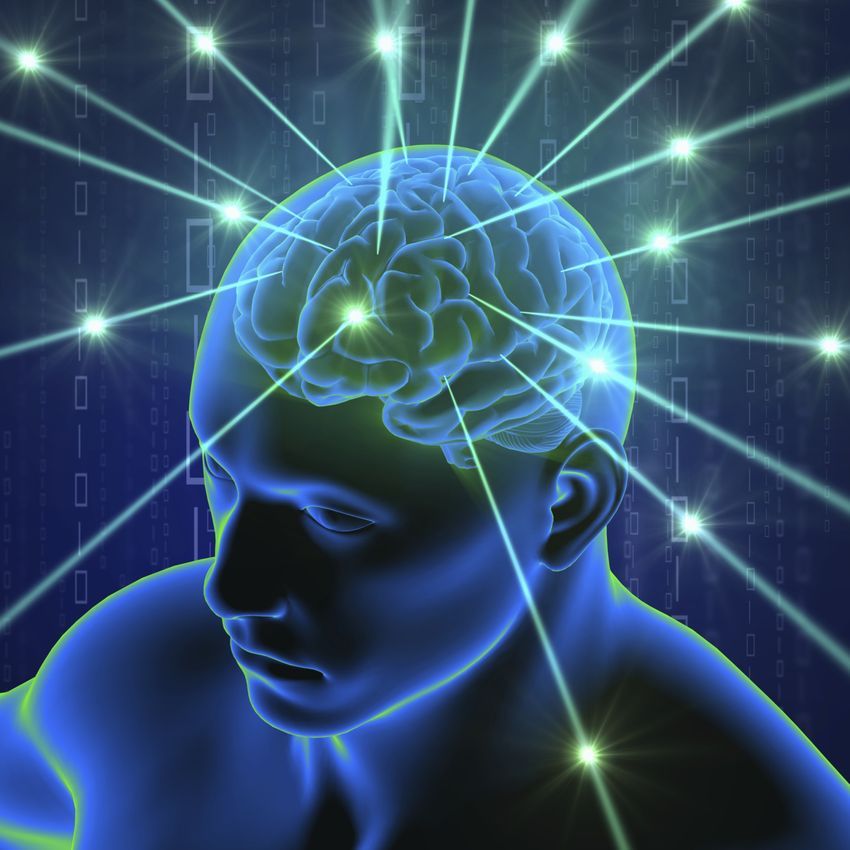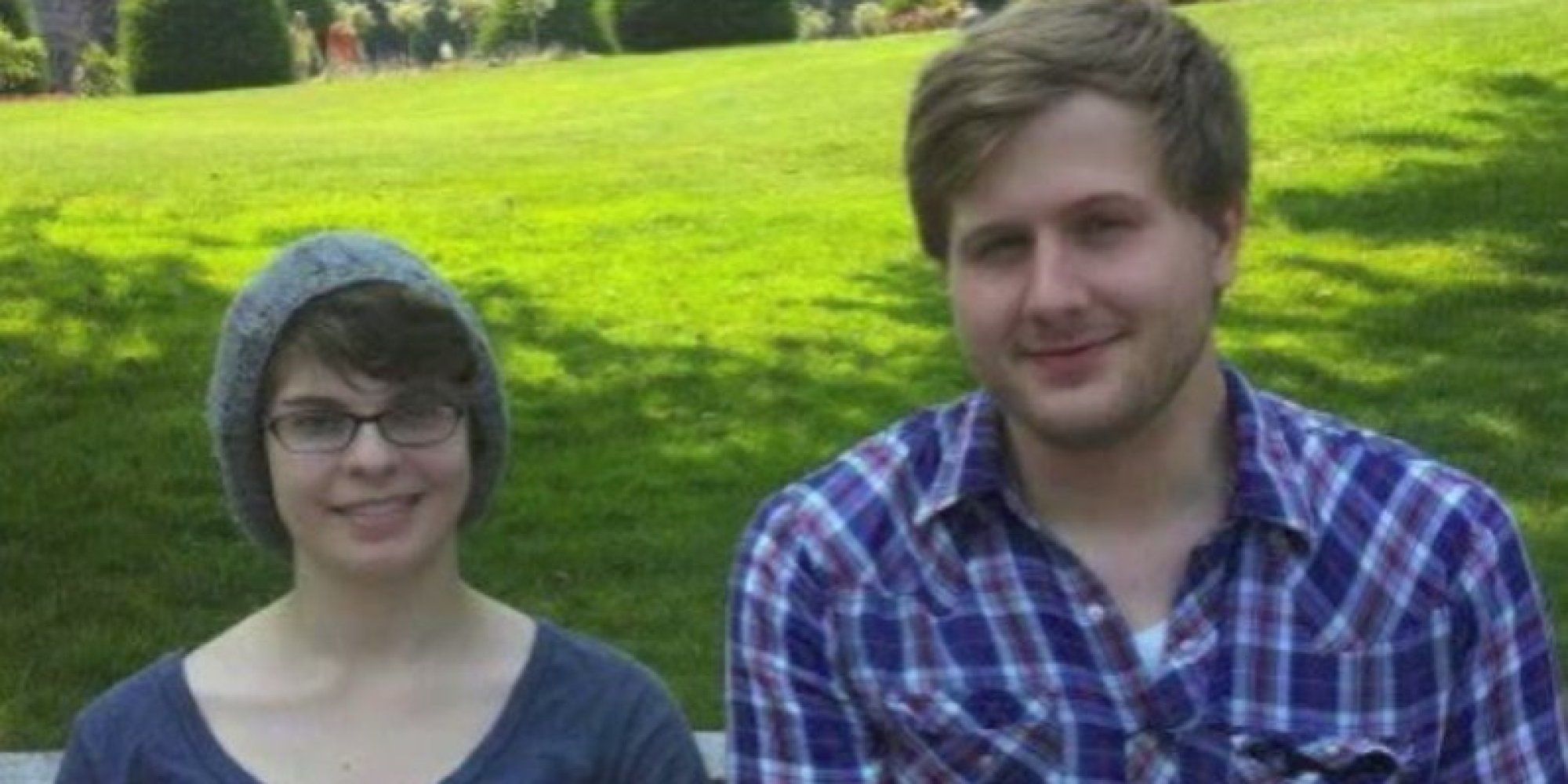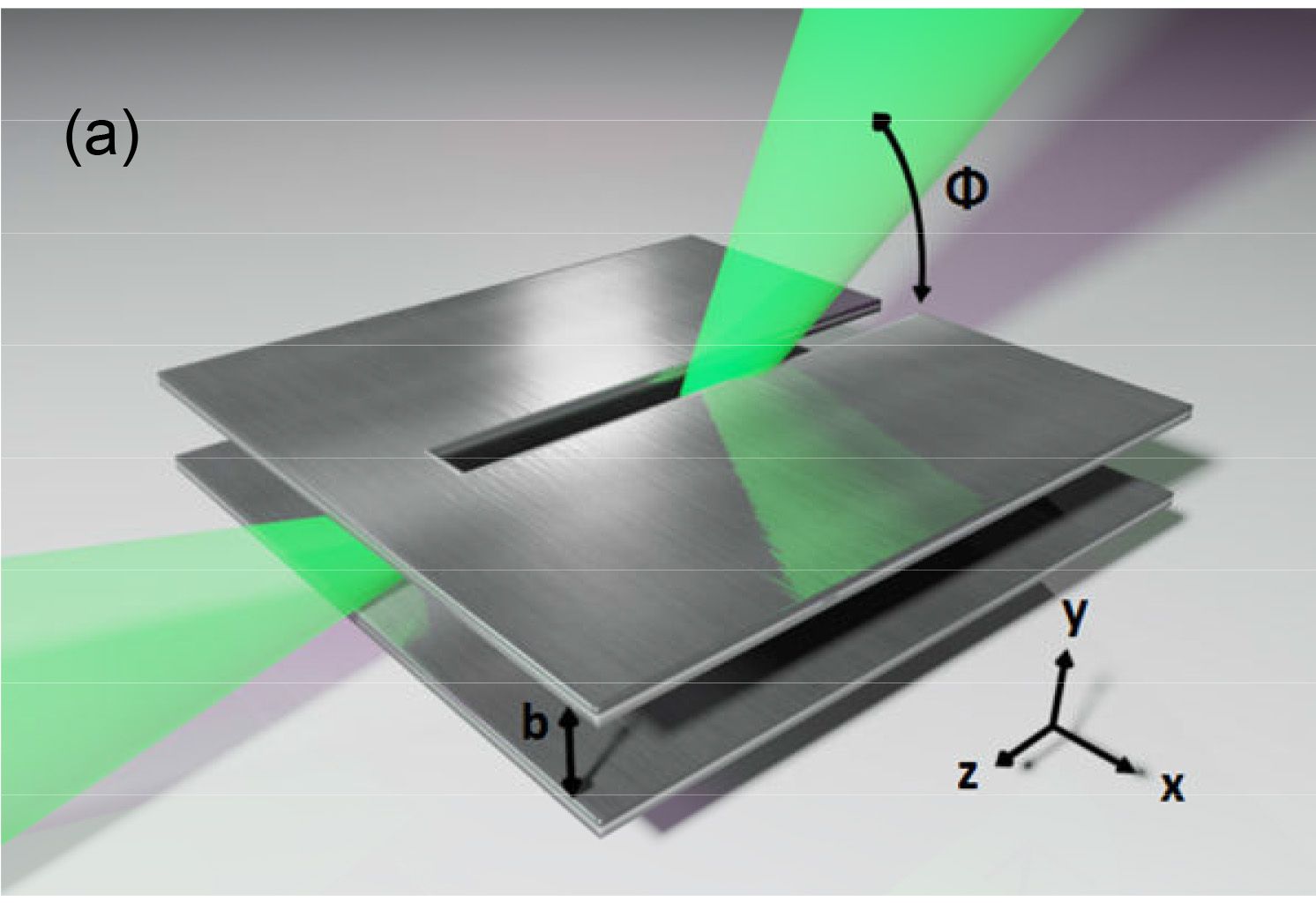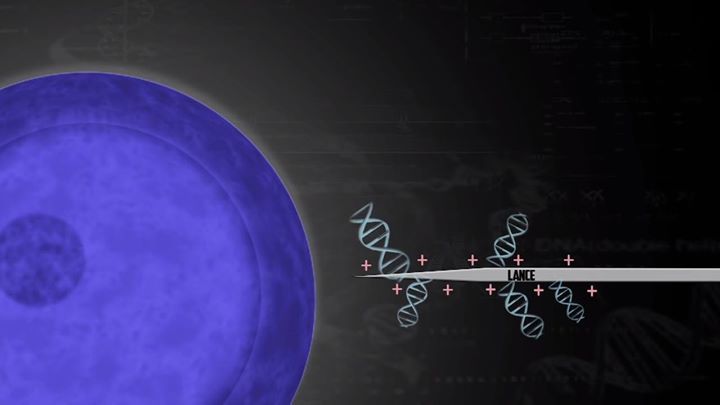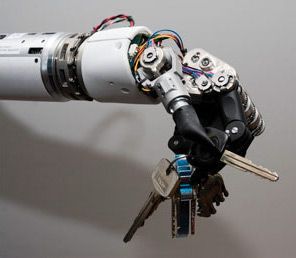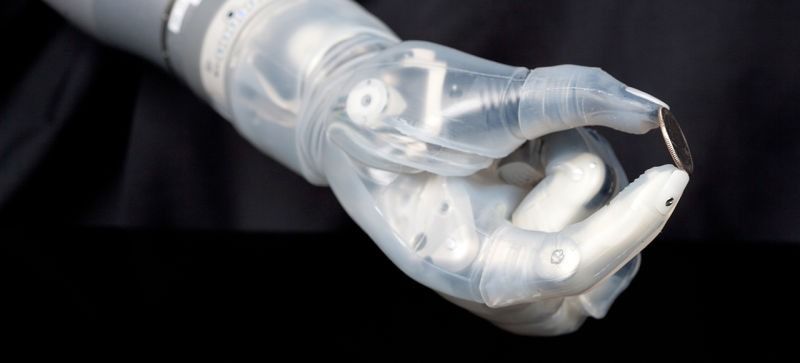Sep 14, 2015
First ever “photo” of light as particle and a wave
Posted by Shailesh Prasad in categories: particle physics, quantum physics
One of the most confounding implications of quantum physics is that light can behave as both a particle (photon) and a wave, depending on the nature of the observation. This is called wave-particle duality, and it has been extremely difficult to picture, let alone observe in both stages simultaneously. 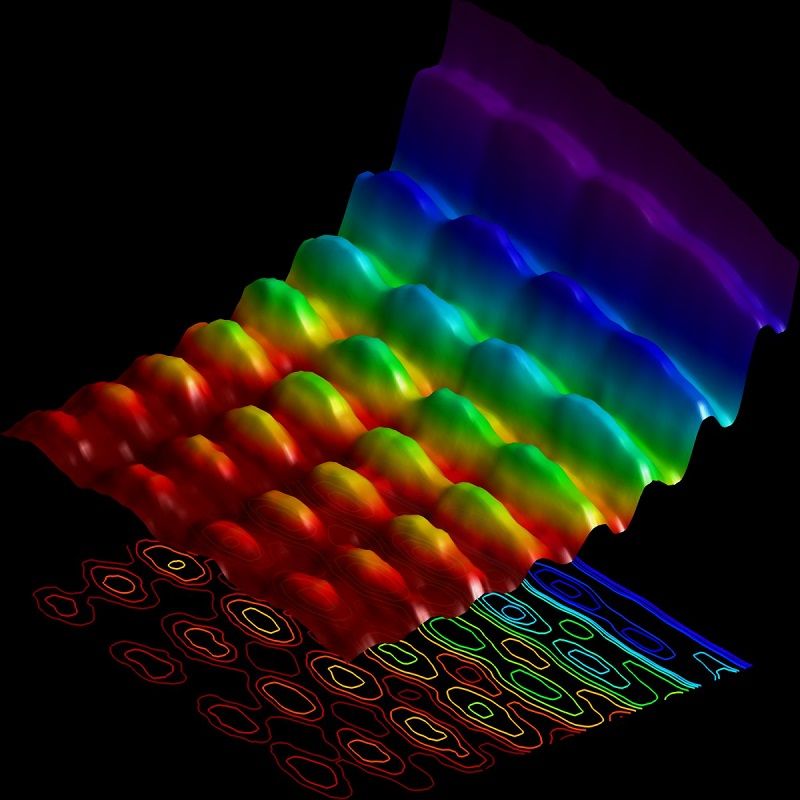 Now, physicists publishing in Nature Communications report that they have been able to capture a photograph of wave/particle duality ‘in action’, so to speak. This TED video explains the nature of the effect:
Now, physicists publishing in Nature Communications report that they have been able to capture a photograph of wave/particle duality ‘in action’, so to speak. This TED video explains the nature of the effect:
